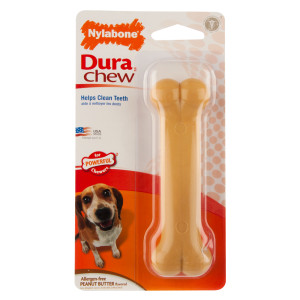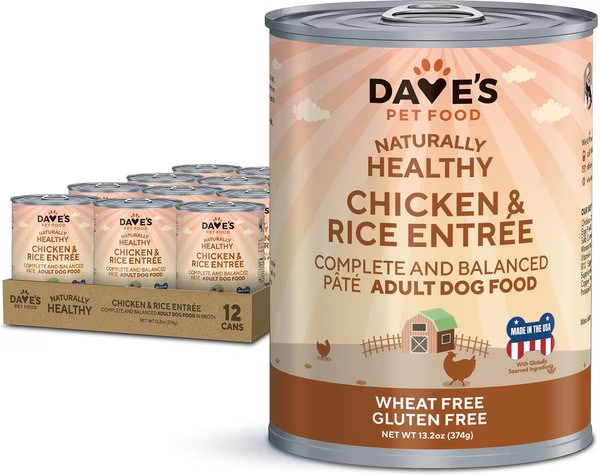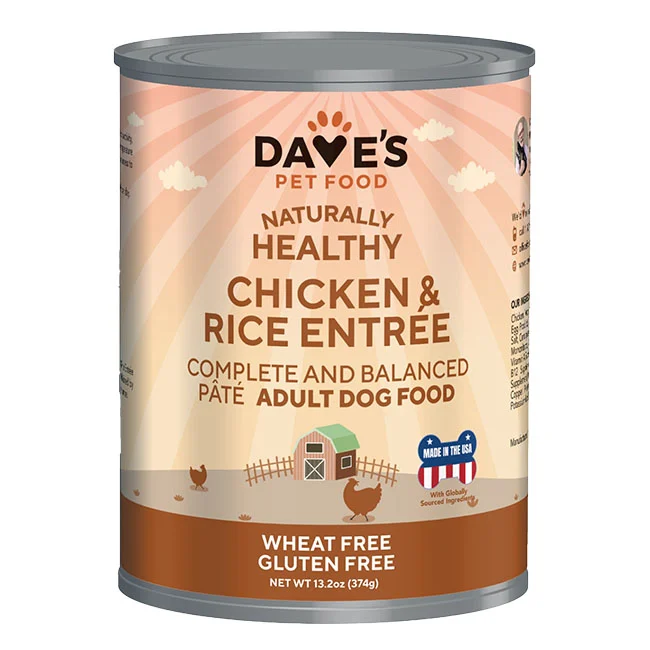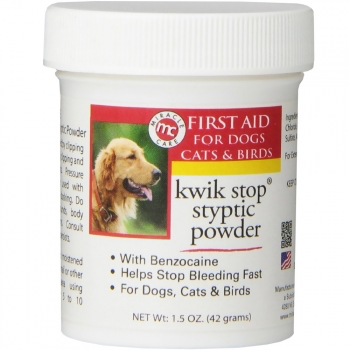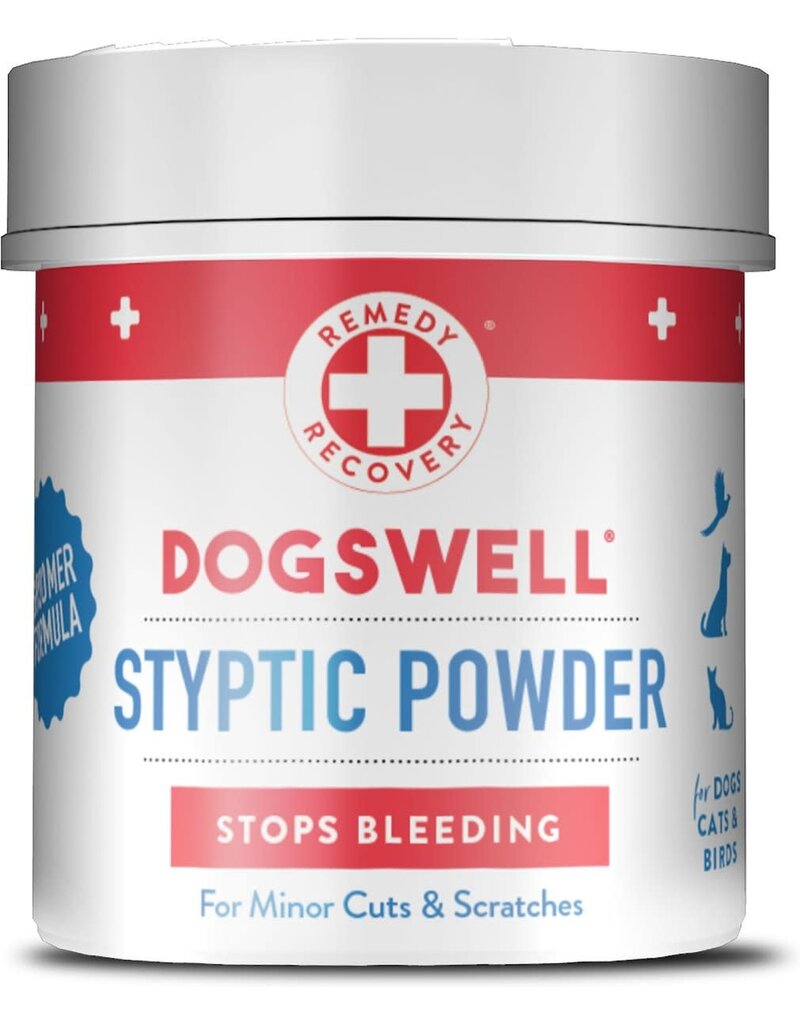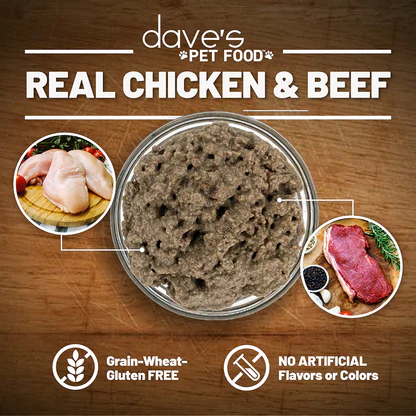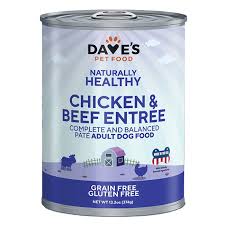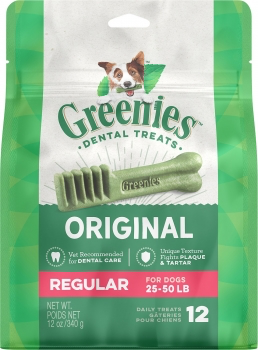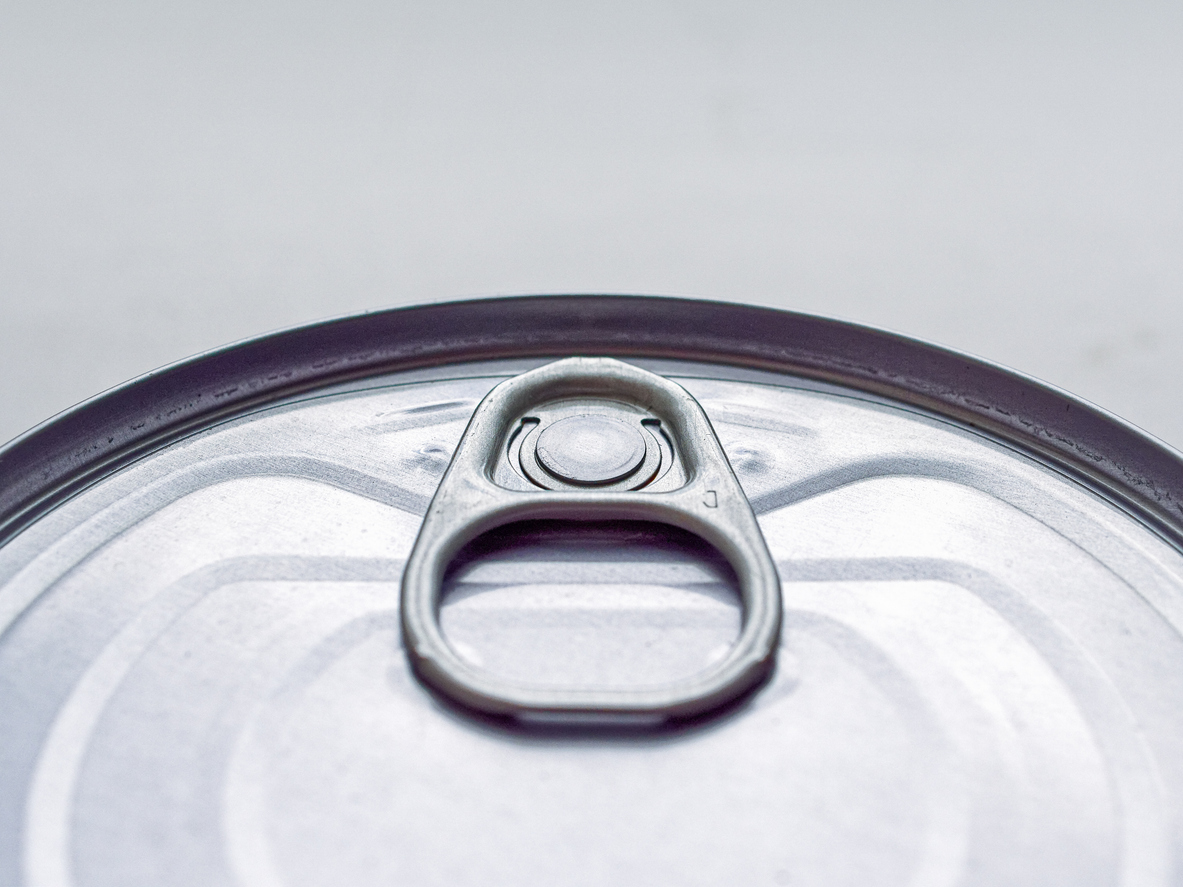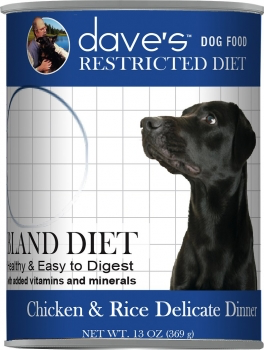(0 review)
Nylabone Dura Chew Peanut Butter – Wolf
$8.99
2 in stock
Product Description
- Made in the USA.
- Fun and occupying chew toy keeps dogs busy while satisfying their natural urge to chew.
- Durable toy challenges power chewers and discourages destructive chewing.
- The toy helps clean teeth and freshen breath as your furbaby chews.
- Every chew toy’s unique shape, individual texture, and gotta-have-it flavor is created with purpose and love to give your dog what they need, when they need it.
Nutritional Information
Ingredients
Nylon & Allergen-Free Artificial Peanut Butter Flavor.
Product Reviews (0)
5
0
4
0
3
0
2
0
1
0
Thanks for Your Review!
We really appreciate you taking the time to share your thoughts. Your feedback helps us grow and serve you better every day!
Pets also enjoy!
Pet’s name
Birthday
20.05.2020
Dog/Cat
B-Day Gift
This field is required.
This field is required.
Choose Gift*
- Toy
- Treat
Your Pets' Information*
This field is required.
This field is required.
Choose Gift*
- Toy
- Treat
